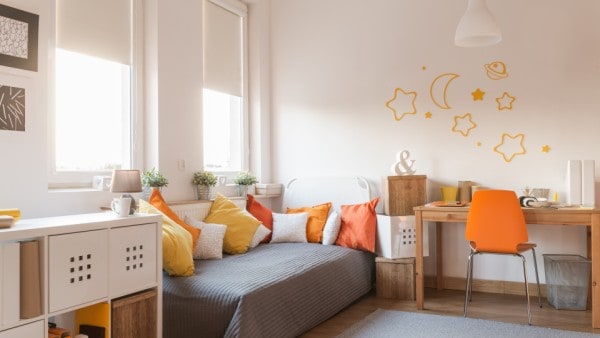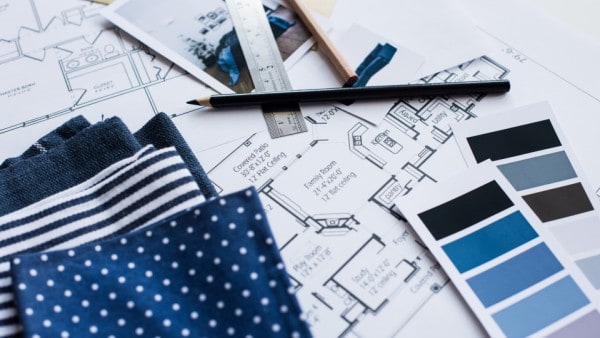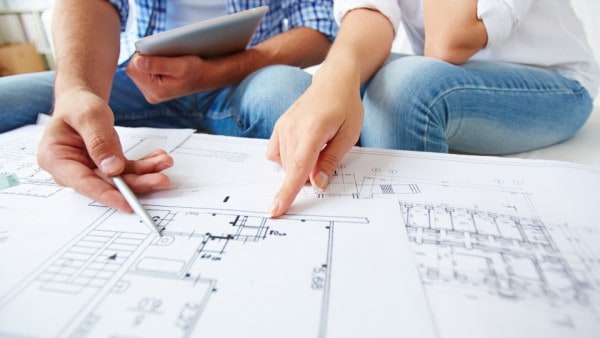Do you ever feel a bit bewildered and confused when it comes to making your home pop on the inside? It’s harder than you think to create interior design themes that work, let alone look like what we see in the glossies. Luckily, we have some Interior Design 101 help for you.
Interior Design is close to being its own art form, but sometimes it’s just not in the budget to get this level of expert advice. So, when DIY Interior Design is the only option, where do we start? With the basics, that’s where. While some people have a real flair for this sort of thing, many of us mere mortals do not. First principles. Knowledge is always power, and with some basic understandings in place, you’ll be ready to move forward with more confidence.
We've all looked around a room with no idea how to start. What comes first? Why aren't the new cushions working? It's best to understand the basics, create a simple strategy, apply it to your room, and build a better look one step at a time.
- newhomesguide.com.au
Balance
Each of the furniture and decorative items you have in a room have a ‘visual weight’ and it’s important to set the room up to balance this weight. Objects that are visually ‘heavier’ will be larger, brighter, textured or have complex shapes. You can achieve balance by having a smaller number of ‘heavy’ objects, spread evenly around the room, or a larger number of ‘lighter’ objects, also spread evenly around the room.
Harmony
We often hear phrases like ‘bringing the room together’ and ‘achieving a unified theme’. Achieving this harmony and unity on your rooms will always increase the ratings on the interior design scale. To achieve this, set a common theme or style for the room. You can do this with concept, colour and / or texture. But don’t mix the three elements too much. One technique that works well is to choose a feature colour, and then evenly distribute items that share that colour, but have different textures, shapes and themes.
Rhythm
In interior design, ‘rhythm’ refers to the creation of visual interest in your rooms by using repeated patterns and contrast. For example, you can have a detail colour that is repeated across a rug, cushions and wall art to create a visual rhythm in the room. Size progression can also create a nice design rhythm, for example, with a series of candles from small to large. And finally, contrast can also work well. Try using opposites, like black and white, in cushions across a large sofa. Can you feel the rhythm now?
Emphasis
Emphasis is all about a feature or focal point in the room, and there should only be one of these in most average sized rooms. Fireplaces and windows can make great focal points, and so can a significant piece of art, or a larger piece of furniture. You can also create a focal point with multiple objects, like smaller pieces of furniture, unusually themed objects, or an commonly themed cluster of art pieces.
Proportion
This might be obvious to some people, but we have definitely been into smaller living rooms that are overwhelmed by a super sized sofa. This is really simple, but very important. If you have a small room, go for smaller furniture, and in a big room, you can go large. Match the size of the furniture you buy to the scale of the room you’re buying for. Be prepared and measure first!
You’re now armed with the basics, so combine these with some preparation and inspiration and get out there and tackle your first room makeover.



